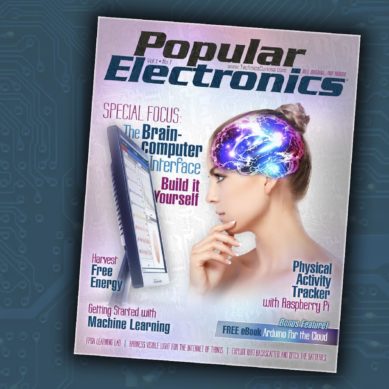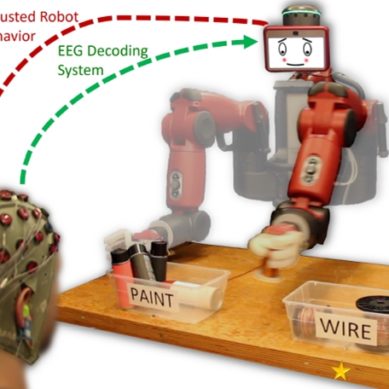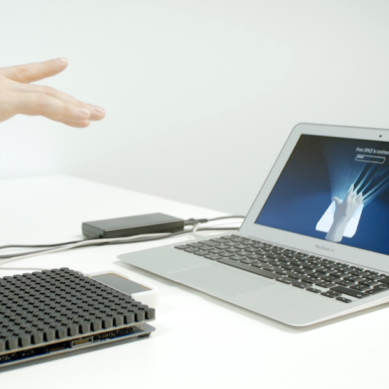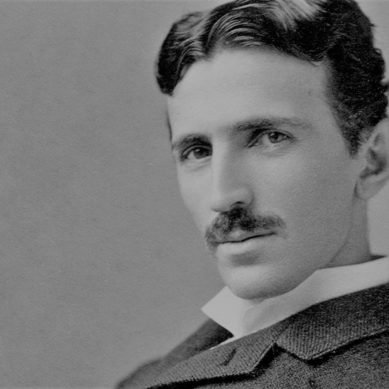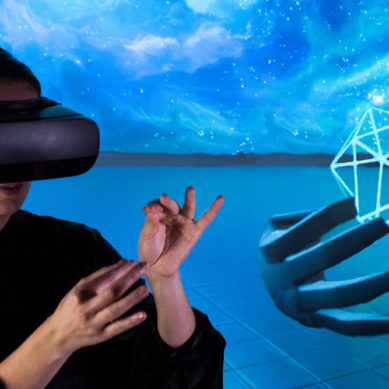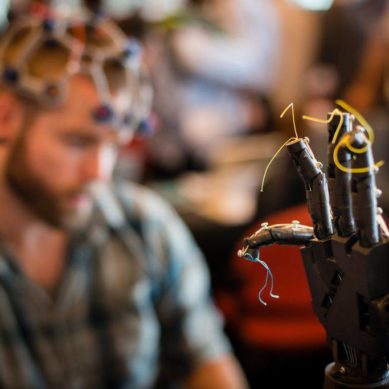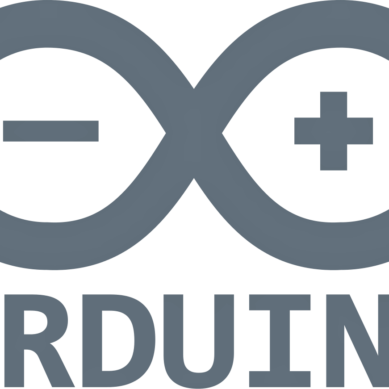The New Popular Electronics
Click Here to Read on Issue (with Download) Click Here to Read on Kindle In this special edition of Popular Electronics: – Special focus on the brain-computer interface – Circuits for harvesting free energy – New design contest—build it and win! – Amazing Wi-Fi innovations – All about Arduino – Machine learning insights – New and emerging computing...
Brainwaves Correct Robot Mistakes in Real Time—with a Little Help from Machine Learning
The idea of controlling robotic operations with nothing more than brainwaves is the ultimate expression of the man-machine interface. The introduction of machine learning to detect actionable brainwave signatures—and translate them into commands a robot or other actuator can comprehend—opens up new and potentially unlimited vistas into possibilities for revolutionizing...
A World of Free Energy
Energy harvesting is the process of collecting of energy from an array of environmental sources, both natural and artificial, most of which is otherwise wasted. These myriad forms of energy include any of those sources through which we can extract electrical current to power any number of low-power devices. The...
The Future of the Touchscreen is … Touchless
If seeing is believing, then feeling has got to be downright convincing. But feeling something that really isn’t there? Ultrahaptics brings the long-neglected sense of touch to the virtual world. And now you can add this to your own products and customer experiences. Anyone taking in Disneyland’s 1994 3D attraction,...
On the Origins of AND-Gate Logic
A Serbian immigrant to the United States, Nikola Tesla is generally recognized as one of the most prolific inventors of all time, having introduced the concept of alternating current (AC), and subsequently designing the first hydroelectric AC power plant installation at Niagara Falls. Beginning in 1893, Tesla also produced and...
Inside the Leap Motion Mobile VR Platform
Virtual and augmented reality (VR/AR) are the next great frontiers in computing. Like the Internet revolution of the 1990s and the mobile revolution of the 2000s, it represents a radical shift in how we live, work, play, learn, and connect. The next major step in this evolution is the second...
Radio Frequency Modulation Made Easy
Modulation is a technique that changes the characteristics of the carrier frequency in accordance to the input signal . Figure 1.1 shows the conceptual block diagram of a modern wireless communication system. As shown in the figure, modulation is performed at the transmit side and demodulation is performed at...
An Arduino-based Brain-Computer Interface
Whenever you think a thought—and even when you don’t—the more than one hundred billion neurons making up your brain fire through and across an interconnected web of terminals in an elegant electronic interplay. And at just that moment when the sum of input signals into one neuron crosses a certain...
Getting Started with Arduino
Perhaps the two most popular microcontroller-based systems right now are those based on the Arduino and the Raspberry Pi (RP). While both have huge followings, they are not the same type of microcontroller. The RP is a complete small computer system with most the common add-on features like a keyboard...


















